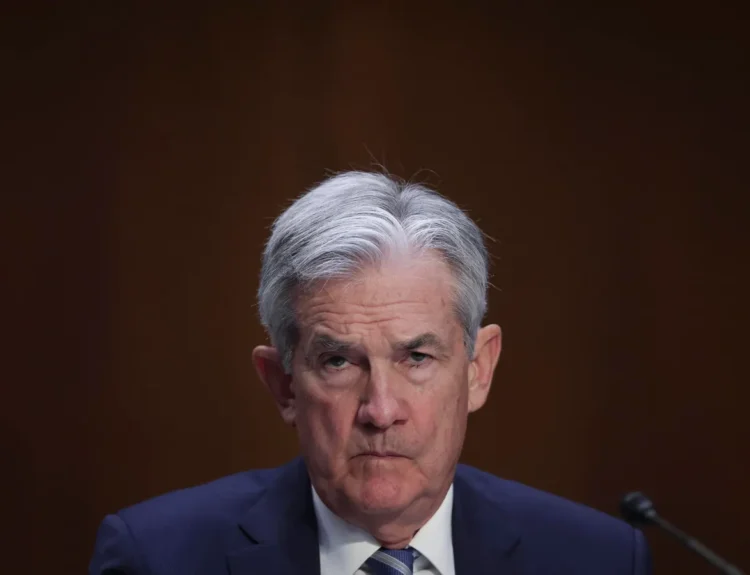The Federal Reserve (FED) has cut its benchmark interest rate by 25 basis points to 4.25%-4.50% on Wednesday, marking a 1% drop since September. This move aims to boost economic growth amid a slowing labor market and ease inflation, which is now at 2.7%, down from a peak of 9.1% in June 2022.
Fed Chair Jerome Powell expects inflation to continue falling toward the 2% target, though the path may remain “bumpy.” The Fed projects rates to drop further to 3.75%-4% by the end of 2025.
However, Trump’s proposed tax cuts and tariffs could reignite inflation, potentially causing the Fed to reverse course, warns finance professor Robert Johnson. The rate cuts will make borrowing cheaper but may reduce returns on savings.
How the rate cut could affect your wallet
Regarding to CNBC, below is a breakdown of how the recent rate cut could impact your monthly borrowing costs, including Wednesday’s 25-bps cut and the cumulative 100-bps reduction since the Fed began cutting rates in September, as estimated by Bankrate.
Credit cards
For borrowers with a $5,000 balance:
- Savings from Wednesday’s 25-bp cut: $1.04 per month
- Total savings from 100-bp rate cuts since September 2024: $4.17 per month
Personal loans
For a new $10,000, three-year personal loan with a lower rate:
- Savings from Wednesday’s 25-bp cut: $1.20 per month
- Total savings from 100-bp rate cuts since September 2024: $4.80 per month
Auto financing
On a new $35,000, five-year auto loan:
- Savings from Wednesday’s 25-bp cut: $4.14 per month
- Total savings from 100-bp rate cuts since September 2024: $16.63 per month
Home Equity Lines of Credit
On a $50,000 HELOC:
- Savings from Wednesday’s 25-bp cut: $10.42 per month
- Total savings from 100-bp rate cuts since September 2024: $41.67 per month
Adjustable-rate mortgages
You might see a slight rate reduction, although the savings will depend on your loan size, credit score and current mortgage market conditions. Borrowers with resetting rates may still face higher rates than before.










